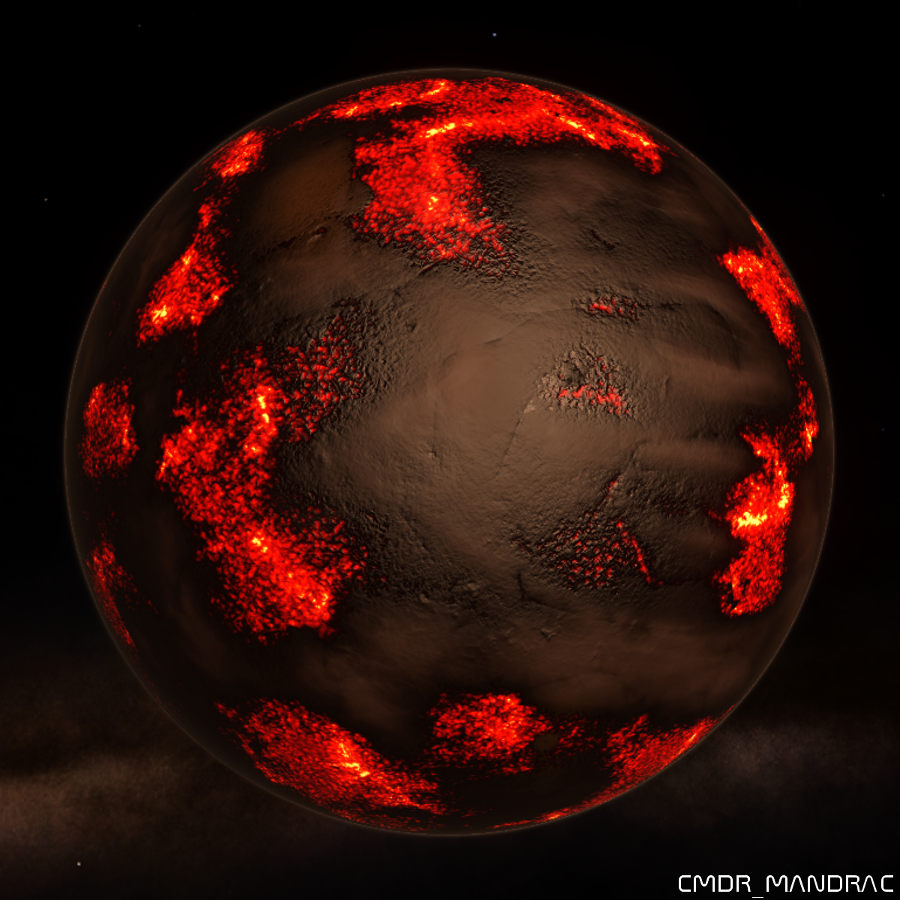I think most of the REALLY tricky seamlessness will happen when they do world's with atmospheres. And rivers. Possibly roads. And maybe cities. I think about his sort of stuff a lot (I'm that sort of person!) and it seems to me that lots of the calculations you'd want to do would be bottom-up sort of calculations (when should this river branch? how would the road connect two towns, or 12 towns? should there a commericial bit near the river?), but you're actually having to do these calculations top down, from orbit, with potentially hundreds of thousands of possible rivers, roads or cities in view. I can imagine how you'd approximate things, but I can't see how you'd avoid a fairly sharp transition somewhere... To what extent are the larger views of things dictated by tiny details? I think you could have ELITE without roads, but without rivers?
On rocky worlds will there be ravines? Gorges? Even craters seem quite tricky to me! But I suspect they're doing clever things I haven't even guessed at. Would love to know.
It's very difficult, but in a fascinating way. Possibly more difficult than fascinating if you've got tight deadlines!
I fear you might be thinking War and Peace level game play while we actually get Animal Farm level game play. That doesn't remove the quality from either, just the volume.

